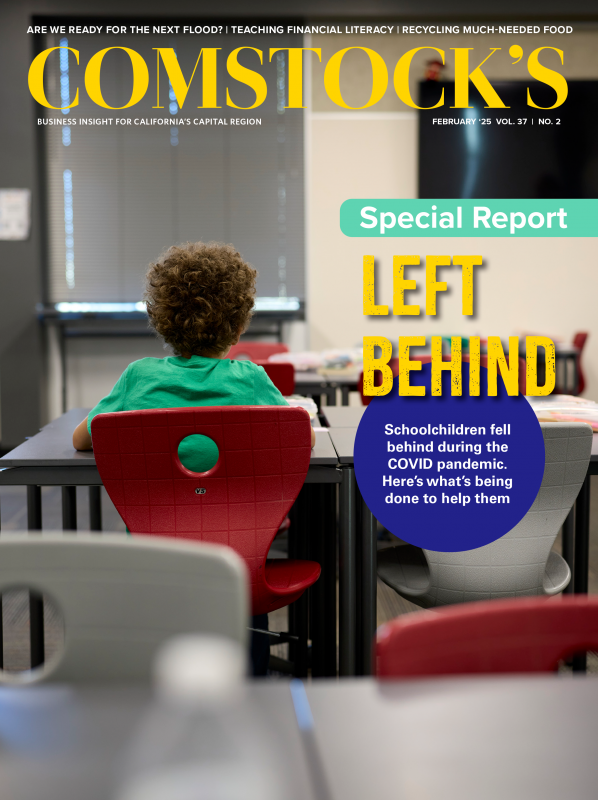This article is a sidebar to Comstock’s special report on education.
Teachers and students weren’t the only ones affected when schools closed across California in 2020, and children were sent home to learn instead of in the classroom.
Parents who were used to dropping their kids off from school in the morning and picking them up in the afternoon were now home with them all day, juggling their own jobs while guiding their children’s learning. And they got a firsthand look at how they were being educated.
“I think what the pandemic really did was just lift the curtain on what was taking place in the classroom and at the administration level for parents to see,” says Justin Caporusso, a Roseville father of four and owner of Caporusso Communications. “A lot of parents saw how much time was spent on classroom management, behavior and really how little time was spent on kind of overall education.”
And they didn’t like what they saw. Students being inattentive. Teachers spending more time trying to manage the squirming children with different needs and capabilities than teaching the curriculum. The younger ones had trouble with the technology. (Can you imagine teaching a kindergarten class on Zoom?) Parents became advocates for their children, storming school board meetings and demanding better for them. Some of the key things they asked for were a stronger emphasis on education and the return of extracurricular and enrichment activities.
Alisa Fong is the mother of two boys and a member of the Roseville City School District Board of Education. She remembers a surge of parental involvement during COVID, including a flood of phone calls and emails and increased viewership of online board meetings.
“A lot of parents were able to watch board meetings while they’re making dinner,” she says. “I think the pandemic really opened up that opportunity for parents to participate. We’re very involved and very engaged, and we’re very interested in the decision making process.”
As a result, parents were moved to run for school boards across the country, wanting a say in not only their child’s education but to be an advocate for all children. In California, the Republican party formed a group called Parent Revolt which pushed for getting conservative parents on school boards.
The parents were effective in their advocacy. Roseville City School District was one of the first school districts in California to return to in-person schooling in November 2020. The board gave parents a choice and not a mandate; children still had the option of learning from home if that’s what the parents wanted. When more schools reopened, more teachers were added and some classes were reduced in size to help children catch up on learning.
“I really think it’s important for parents to be involved and have a voice in their kids’ education. I wanted those decisions that are being made that are affecting my kids to be made by somebody that you know can stand in the parents shoes,” Fong says.
Some negative effects of the pandemic remain. Absenteeism skyrocketed to 35 percent in 2021-22 and came down to 25 percent in 2022-23. But that’s still high compared to the pre-pandemic level of 12 percent. State Superintendent of Public Instruction Tony Thurmond told Comstock’s Editorial Advisory Board last September that’s an issue administrators are still working on to correct.
There was some good that came out of the pandemic for families. The U.S. Census Bureau found parents had more family dinners with their children and read to them more often. A Harvard study found that fathers felt closer to their kids during lockdown.
Caporusso doesn’t blame the teachers, saying they had to navigate state and local health mandates while trying to teach a class and sometimes dealing with angry parents.
“There are some incredible, incredible individuals out there who are educating our kids, and that’s their goal, and they’re loving on the kids and nurturing and making sure that they’re getting the education that they need,” he says, adding parents and teachers working together is beneficial to helping students.
“It’s great for parents to become involved, and there are ways to do it that are not antagonistic, and that’s the only way that this whole thing is going to work out,” he says. “When you see something that you don’t agree with or you don’t like, it’s to find a diplomatic way to approach whatever the issue is and whoever’s in charge of it, to affect real change.”
Stay up to date on business in the Capital Region: Subscribe to the Comstock’s newsletter today.
Recommended For You
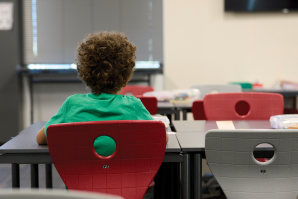
Sacramento-Area Schools are Still Grappling With Academic and Social Recovery From the COVID-19 Pandemic
Around the Capital Region, schools are still working to recover socially and academically from the COVID-19 pandemic. Test scores have been affected, as has school attendance. A new wave of behavioral issues has unfolded, too. Now, a variety of people are working to help students catch up.

What the State Is Doing to Help Education
Efforts by California’s government to help students recover from the pandemic go back to its earliest days, with the state investing more than $36 billion to deal with pandemic impacts. The funding has gone to Learning Recovery Emergency Block Grants, expanded teacher recruitment, literacy specialists and much more.
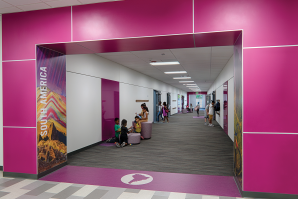
Architects Respond to the Growing Population of Minority, Immigrant and Refugee Students With Culturally Sensitive Design
The influx of immigrants and refugees from a multitude of different countries has created an opportunity and a challenge for Capital Region architects to design educational spaces with greater cultural sensitivity that provide a sense of belonging for new students and families.

What’s on the Horizon for California’s Public Lands?
With less funding in the current budget, the management of public lands is likely to change substantially, and this may have massive and unforeseen consequences for Californians.
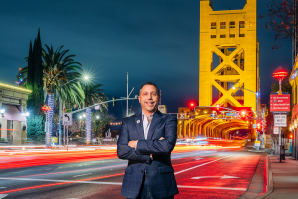
New Year, New Administration. What Can We Expect?
The Capital Region’s economy in the first half of 2025 should be unspectacular but steady, forecasters say
The apocalyptic tenor of the recent election made it seem disaster was inevitable no matter who won. But at least on the economy, the first half of 2025 should be a sigh of relief, letting most businesses stick to small ball.
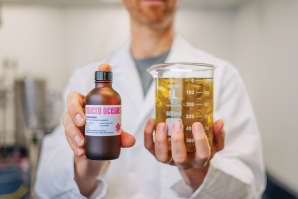
The Power and Potential of Seaweed
From keeping oceans healthy to being used as an alternative to plastics, researchers believe seaweed has a multitude of uses
Nearly 2,000 miles northwest of Sacramento, Matthew Perkins rode a boat out into the Gulf of Alaska and saw nothing but endless potential for growth. “It’s kind of overwhelming how much opportunity there is,” he says. “You’re on the water, snow-capped mountains in the backdrop, you look down and see this incredible biomass growing. It’s literally the bounty of nature.”
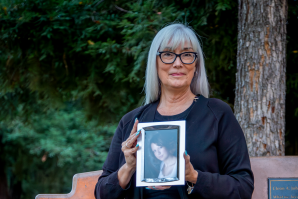
The Life-Saving Organ Trail
How new technology is helping transplant centers send and receive organs from great geographic distances
In 2022, the United States Food and Drug Administration approved the TransMedics Organ Care System, or OCS device. Known as the “heart in a box,” this device uses normothermic perfusion to pump blood through a removed heart and preserve it for longer periods until it can be transplanted into a new person.
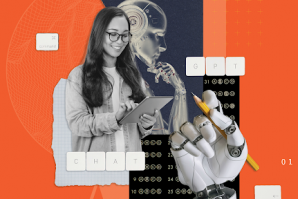
AI in Education: Helpful Tool or Sinister Danger?
Most college professors are wary of it, but others embrace it as a learning advantage
All around the world, academic institutions, from the renowned online Khan Academy through to leading research universities, are grappling with the extraordinarily rapid rise of artificial intelligence systems capable of generating human-like responses to complex questions.

Speaking Out
Man with ALS is able to ‘speak’ again thanks to neurotechnology from UC Davis
Within minutes, the words he wanted to speak appeared on a monitor and were spoken aloud by a computer in a voice resembling his own using recordings from videos made before his diagnosis. It brought everyone in the room to tears. “On day two of this use by Casey, he was talking to his daughter for the first time in her memory. That was so gratifying,” says UC Davis Neuroprosthetics Lab co-director Sergey Stavisky.

The Rise of Alternative Health and Wellness
Businesses in the Capital Region consider the whole person
The approach of Whole Health, a movement led by the U.S. Department of Veterans Affairs, is “Let me understand who you are as a person. … What matters to you as opposed to what’s the matter with you,” says Dr. Michelle Dossett. “I think eventually it’s going to transform what we do in conventional medicine in this country more broadly.”




